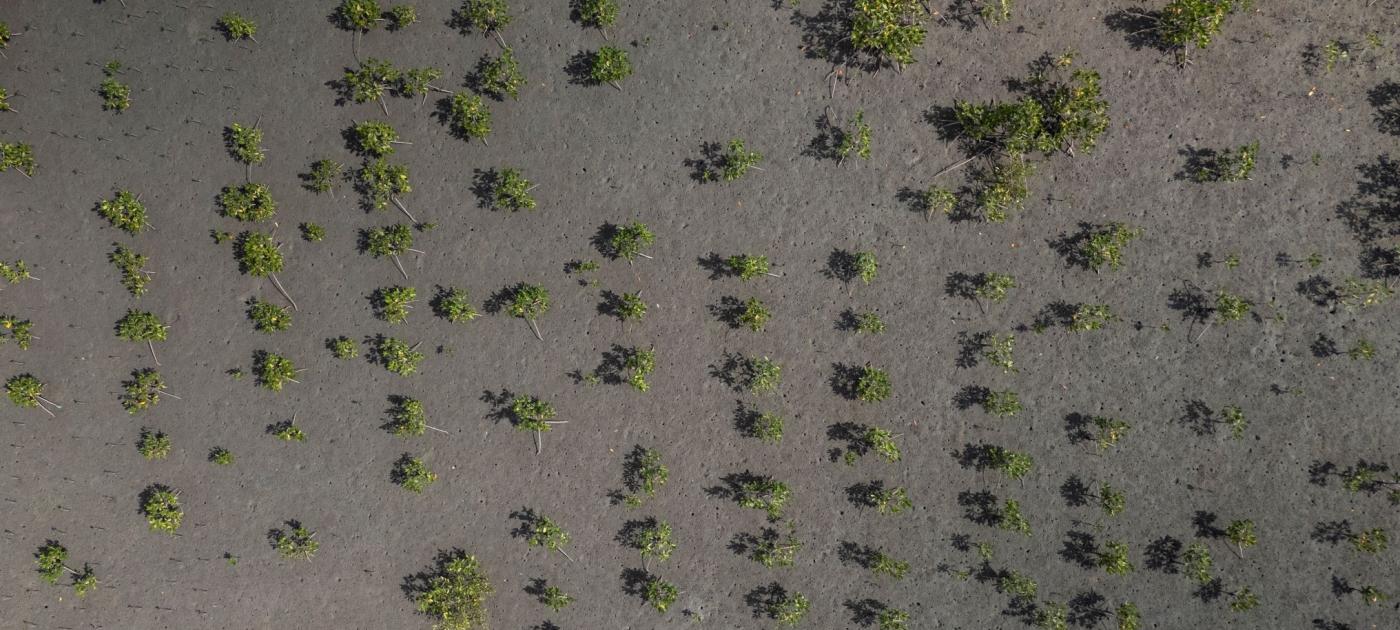Green Revival: How Gambia is Turning the Tide on Environmental Destruction

In a remarkable environmental conservation effort, The Gambia has made significant strides in protecting and revitalizing its natural landscapes. With crucial support from the United Nations Environment Programme (UNEP), the country has successfully safeguarded and restored an impressive 340 square kilometres of diverse ecosystems, including rivers, coastal regions, and forests over the past five years.
This remarkable achievement represents nearly 3 percent of The Gambia's total land area, demonstrating the nation's commitment to environmental preservation and sustainable development. By focusing on these critical habitats, The Gambia is not only protecting its rich biodiversity but also contributing to global efforts to combat climate change and maintain ecological balance.
The restoration project highlights the country's proactive approach to environmental stewardship, showcasing how targeted conservation efforts can make a substantial difference in preserving natural resources for future generations.
